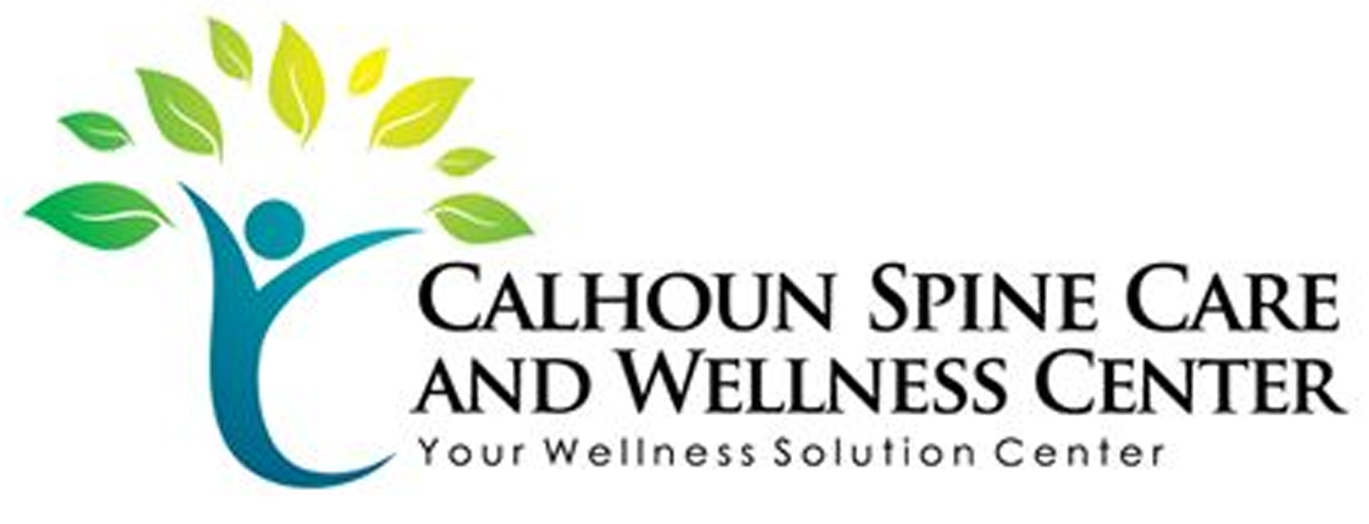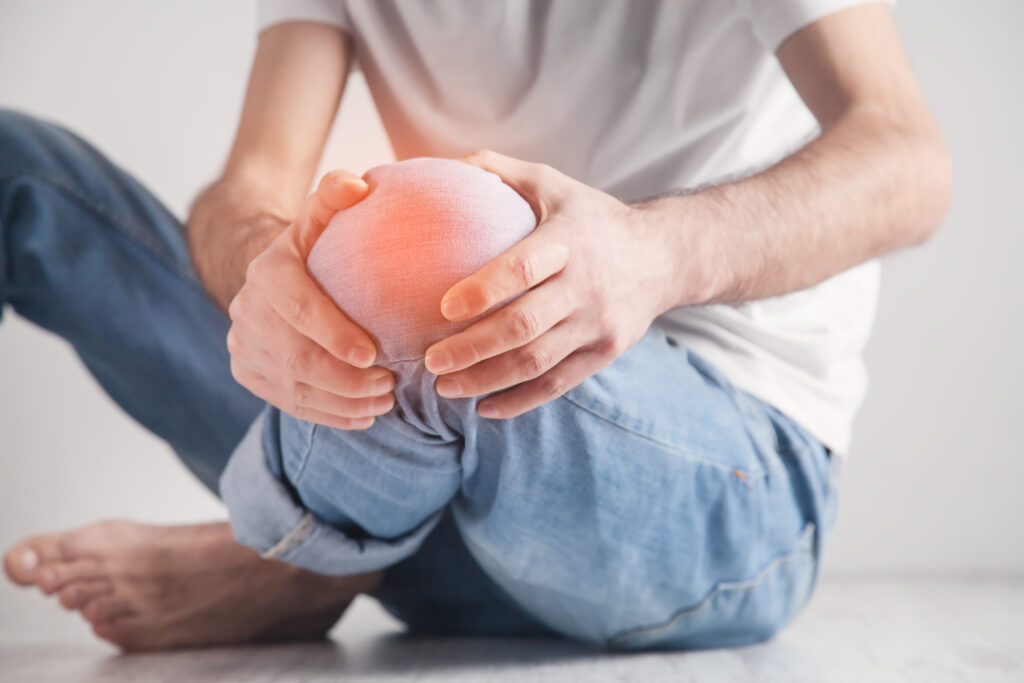When you face a sports injury in Calhoun, it's essential to take a structured approach to recovery. Start by evaluating the injury to understand its severity and get professional input. From there, you'll want to create a tailored recovery plan that balances rest with targeted rehabilitation exercises. Finally, as you begin to return to activity, it's important to ease back into your routine thoughtfully. But what do these steps look like in practice, and how can they make a real difference in your recovery journey?
Assess the Injury
Evaluating the injury is essential for a successful recovery. When you sustain a sports injury, the first step is to assess the extent of the damage. You'll want to take a moment to examine the affected area and note any swelling, bruising, or pain.
Pay attention to your range of motion, and if you can, try to gently move the injured part. This initial evaluation helps you determine whether it's serious enough to seek medical attention or if you can manage it at home.
Next, consider the mechanism of your injury. Did you fall, twist awkwardly, or overexert yourself? Understanding how the injury occurred can provide insight into its severity and help you communicate effectively with healthcare professionals.
It's vital to be honest about your symptoms and any previous injuries you've had, as this information can influence your recovery process.
If you're unsure about the injury's severity, don't hesitate to consult a medical professional. They can perform a thorough examination, possibly including imaging tests, to provide a more accurate diagnosis.
Remember, ignoring or underestimating an injury can lead to complications and prolong your recovery time.
Once you've assessed the situation and received any necessary medical guidance, you'll be in a better position to take the next steps toward healing.
Follow a Recovery Plan
A well-structured recovery plan is vital for regaining strength and mobility after a sports injury. This plan should be tailored to your specific injury and needs, ensuring you focus on the right exercises and therapies.
Start by consulting with a healthcare professional who can guide you through this process. They'll help you understand the severity of your injury and outline appropriate steps for recovery.
Make sure to set realistic goals within your plan. Break down your recovery into manageable stages, focusing on small milestones that lead to your ultimate objective. This approach not only keeps you motivated but also allows you to track your progress effectively.
Incorporate a mix of rest, rehabilitation exercises, and physical therapy into your recovery plan. Rest is essential in the initial stages to allow your body to heal.
As you progress, start incorporating gentle stretching and strength-building exercises recommended by your healthcare provider. Consistency is key; stick to your schedule to avoid setbacks.
Additionally, pay attention to your nutrition. A balanced diet rich in protein, vitamins, and minerals can greatly aid your recovery. Hydration is equally important, so drink plenty of water throughout your recovery process.
Lastly, keep communication open with your healthcare team. They can adjust your plan as needed based on your progress or any setbacks you encounter.
Gradually Return to Activity
After following a structured recovery plan, it's time to ease back into your activities. Gradually returning to activity is vital for preventing re-injury and guaranteeing a successful comeback. Start by consulting your healthcare provider or physical therapist to determine when it's safe to begin. They'll guide you on specific movements and activities that align with your recovery.
Begin with low-impact exercises that won't strain your injury. Think walking, swimming, or cycling at a gentle pace. These activities will help maintain your fitness without putting too much pressure on your body. Pay close attention to how you feel during and after these activities. If you experience pain or discomfort, stop immediately and reassess your approach.
Once you're comfortable with low-impact exercises, slowly introduce more intensity. Gradually increase the duration and frequency of your workouts. If you're returning to a sport, start with light drills and practice sessions. As your confidence and strength grow, incorporate more complex movements and higher intensity.
It's essential to listen to your body throughout this process. Recovery isn't a race; take your time, and don't rush back into your routine. Set realistic goals and celebrate small milestones along the way.
This mindset will keep you motivated and focused on your long-term health. Remember, a gradual return to activity will help you avoid setbacks and guarantee a stronger, more resilient comeback.
Conclusion
To sum up, by following these three essential steps, you can effectively recover from sports injuries in Calhoun. Start by evaluating your injury to understand its severity, then create a personalized recovery plan tailored to your needs. Finally, ease back into activity gradually to prevent re-injury. Remember, celebrating small milestones along the way will keep you motivated. With patience and dedication, you'll be back to your favorite sports in no time!



